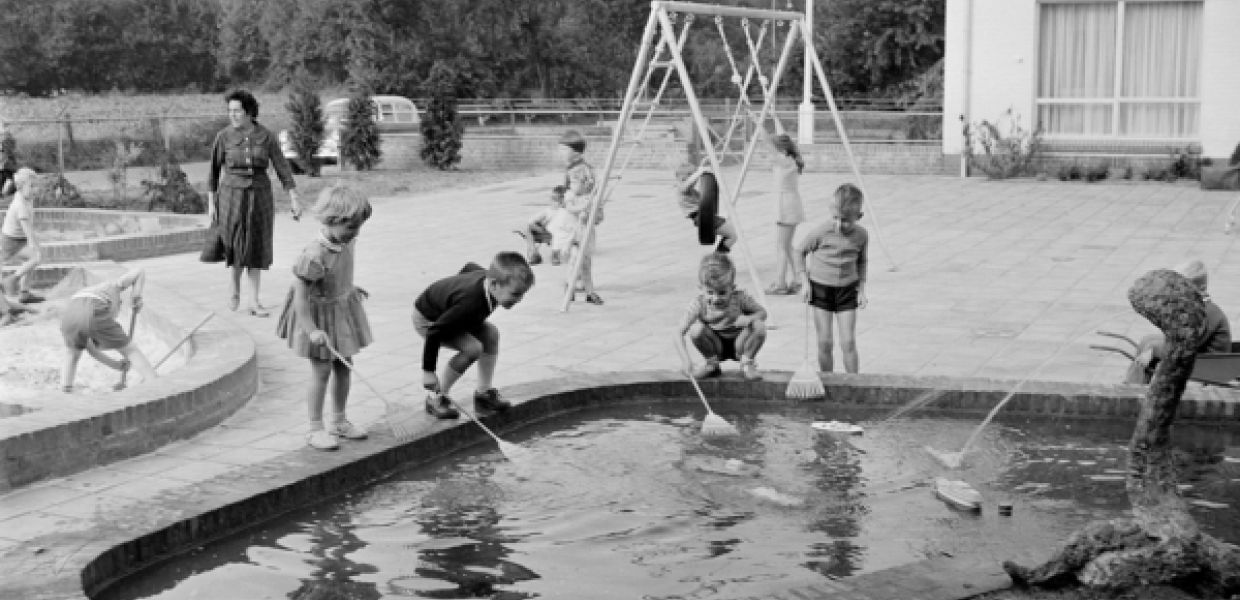What I will do as Europeana's Impact Analyst

It is probably the question cultural institutions thinking about sharing their collections online ask most: What do I get out of it? What is in it for me and what impact will it have?
To answer this question, we need to start by asking ‘what kind of impact do I want to get out of my digital collection?’ Do you want to attract more visitors to your website? Do you want kids to learn from your collection? Do you want to support the tourism sector in your region? Perhaps all of it?
Within the cultural heritage sector, but in almost every other domain too, the word ‘impact’ has become more prominent. When we start a project we want to make sure it has impact. But what does this actually mean? When you look for a visual metaphor for impact you quickly end up with Newton’s Cradle where the knock of one ball moves another one: direct impact.
But this is exactly the opposite of how the impact I am talking about works. It is, for example, impossible to make a statement like “I will publish my collection online under an open license. This will result in Wikipedians using it in their articles and my collection getting loads of views.” If only it was that straightforward. No, when we measure impact we need to take a much broader look, for example, at the connections being made, the new opportunities given to artists and the ways your collection has touched the lives of people around the world. When looking for a visual metaphor for impact, the ‘ripple effect’ would be more accurate.

Kinderen in speeltuin met vijver, Gooi en Vecht Historisch, CC BY-SA
This approach follows the Europeana Impact Framework which stresses the importance of distinguishing between actions, the output of these actions, the outcome of these actions, and ultimately the impact we have on real people. In particular, it encourages us to look beyond the immediately measurable ‘output’ of our actions towards the demonstrable outcome, which leads to defining the real impact.

But measuring impact is a tricky exercise. Some things are quite straightforward to assess, like the amount of website hits and clickthroughs generated, or the most popular items in a collection. At Europeana, we realise that this basic information is crucial for cultural heritage institutions that put effort into sharing their collection via Europeana. It’s for this reason we will launch the Europeana Statistics Dashboard in the first week of April - something we’ve been working on for a while. The Dashboard will offer insight into all these basic web metrics for all our data partners, so stay tuned!
To go one step further however we need different methods. We can, for example, count the number of times visitors use the new download button on Europeana, but what happens after that? Using reverse image search tools like Google Images and TinEye can help us to track how digitised works of art travel online and to study the contexts in which they are used. At a recent Digital Methods Winter School, I was part of a group doing some interesting research on this, which I will blog about soon.
There are many interesting questions to explore. Why are certain online collections more popular than others? Is this down to the nature of the content and the prestige of the institution, or are there other factors that are important such as metadata and image quality? Is it possible to determine the perfect conditions which will allow you to achieve maximum impact?
This is the kind of research I will conduct in my role as Europeana’s impact analyst. For this, I will rely heavily on the Europeana Statistics Dashboard but also data from ENUMERATE, digital methods and direct conversations with institutions and users. My aim is to publish a number of data blogs and case studies throughout the year about my findings. If you are interested in collaborating on this or have ideas for interesting research then please get in touch!
